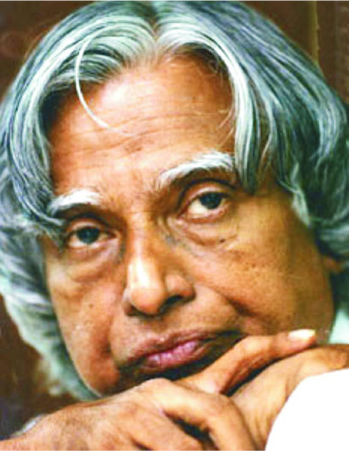‘Missile Man’ Is Indian President
DOI: 10.1063/1.1522210
Avul Pakir Jainulabdeen Abdul Kalam, who became a national hero in India for his central role in carrying out India’s five nuclear tests in 1998, has been elected president of India in a landslide, winning 89% of the electoral college votes. The 71-year-old scientist is a longtime supporter of the ruling Hindu nationalist Bharatiya Janata Party and was backed for the presidency by most of India’s major political parties, including the opposition Congress Party. The most vocal opposition to Kalam came from the communist parties, which nominated Lakshmi Sahgal, an 87-year-old feminist, poet, and freedom fighter, to run against him. Despite being mainly ceremonial, the president can break a deadlock in parliament, announce new elections, and decide, after an election, which party should be asked to form a government. Kalam is the first scientist and only the third Muslim to hold the presidency.
Born in the southern state of Tamil Nadu, Kalam received his PhD in aeronautical engineering from the Madras Institute of Technology in 1958. He began working for the Indian Space Research Organization in 1962 as a scientist and eventually led the team that launched India’s first space rocket, in 1980. Shortly afterward, he left to become director of the Defence Research & Development Organisation, which designs and develops weapons technologies for India’s armed forces. As director, he developed India’s guided missile program between 1982 and 1991, before stepping down to become science adviser to the defense minister. After India’s nuclear tests, Kalam became the overall science adviser to the government, with the rank of cabinet minister. Not only a scientist, Kalam is also a best-selling author and amateur musician. Since his retirement from government last year, he has spent most of his time teaching and speaking passionately about integrity and values.
In his 25 July acceptance speech, Kalam mapped out his intention to use his new position to push for increased science education for children and to encourage the use of technology to help eradicate illiteracy, poverty, and unemployment within 20 years. He indicated that a rapid transformation can change the country into a developed nation: “This is the time to ignite the minds of the people,” he said.

Kalam
BHARAT RAKSHAK

More about the Authors
Paul Guinnessy. pguinnes@aip.org

